Emerald Green Arbs Browning
greendale
10 years ago
Related Stories

COLORPantone Unearths Emerald as Its 2013 Color of the Year
Whether you dig a natural version or go for one with polish, Pantone is predicting you'll treasure emerald green at home over the next year
Full Story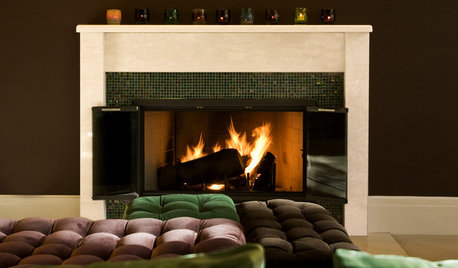
GREENColor Combinations: Brown and Green
Take Your Cue from Nature for the Most Classic Color Combination of All
Full Story
Emerald - Las Vegas Market 2013
A showcase of noteworthy products against the backdrop of this year's Pantone Color of the Year
Full Story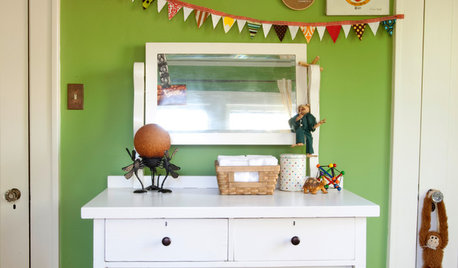
GREENColor Guide: How to Work With Green
With as many green hues as leaves in a forest, it's easy to find one that grows on you
Full Story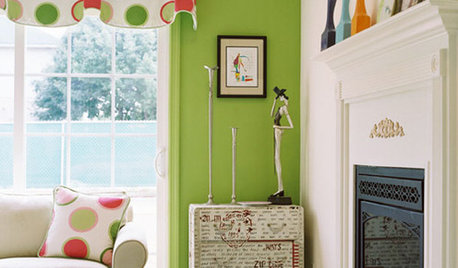
COLORCreate Enviable Interiors With Green Design Schemes
Borrow from nature's playbook for your interior decorating with the color thought to boost balance and youthfulness
Full Story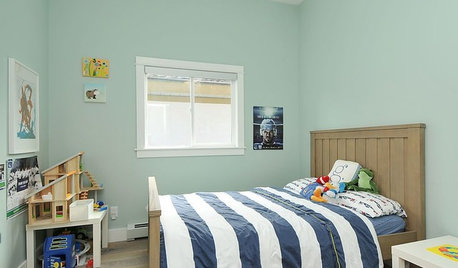
COLORGet a Soft Spot for Sea-Glass Green
Soften a room's look by washing its walls in this delightfully airy shade, no sand in your shoes required
Full Story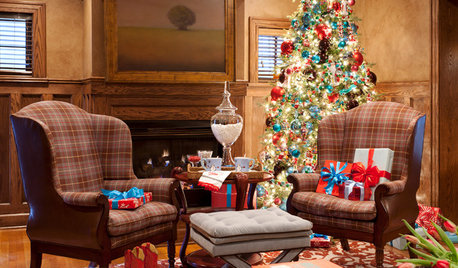
HOLIDAYS15 Spectacular Christmas Palettes Beyond Red and Green
Instead of dragging out holiday decorations in the same old expected colors this year, dare to consider these gorgeous alternatives
Full Story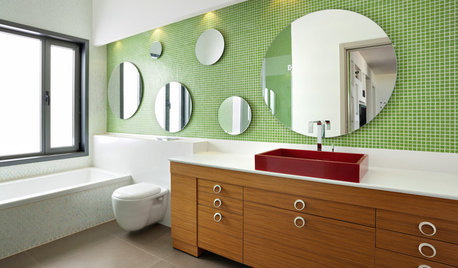
COLORBathed in Color: When to Use Green in the Bath
Splash some spring-conjuring green paint, tiles or accessories around your bathroom for natural appeal
Full Story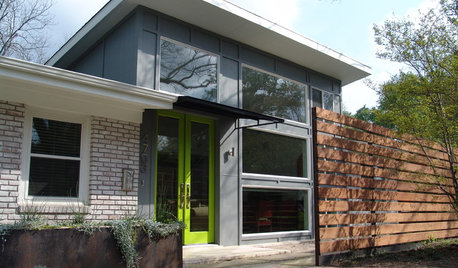
FRONT DOOR COLORSFront and Center Color: When to Paint Your Door Green
Fresh, fun and a pleasant surprise on a front door, green in subtle to strong shades brings energy to home exteriors
Full Story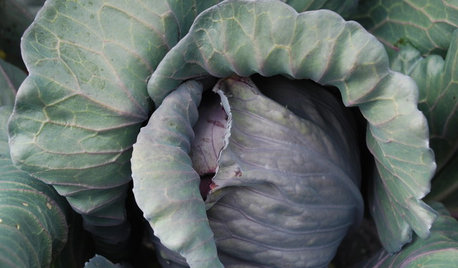
DECORATING GUIDESNature’s Color Wisdom: Lessons on Green From the Great Outdoors
Green will grow on you for interiors when you look outside for ideas on how to use it
Full StoryMore Discussions









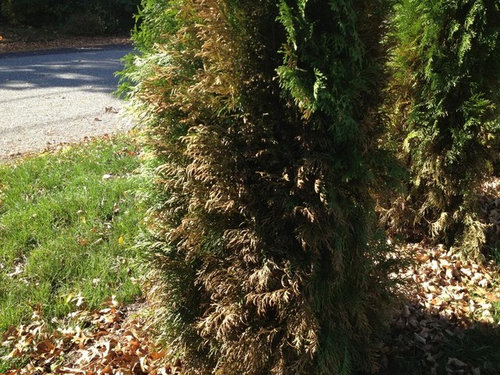

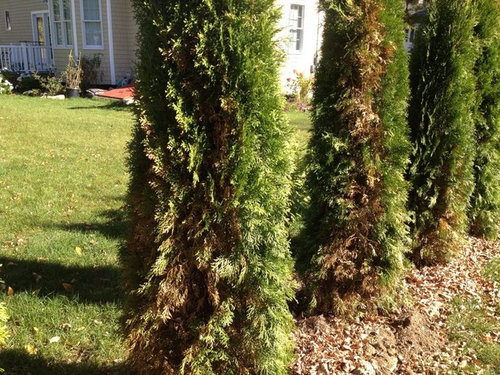



ken_adrian Adrian MI cold Z5
greendaleOriginal Author
Related Professionals
Maple Valley Landscape Architects & Landscape Designers · Mountain Brook Landscape Architects & Landscape Designers · Roosevelt Landscape Architects & Landscape Designers · McKinney Landscape Contractors · Wakefield Landscape Contractors · Azalea Park Landscape Contractors · Clayton Landscape Contractors · Coeur d'Alene Landscape Contractors · Fort Myers Landscape Contractors · Framingham Landscape Contractors · Hawaii Landscape Contractors · Parker Landscape Contractors · South Lake Tahoe Landscape Contractors · North Aurora Landscape Contractors · Ferguson Landscape Contractorsken_adrian Adrian MI cold Z5
outback63 Dennison
Embothrium
greendaleOriginal Author